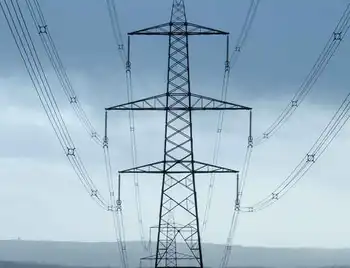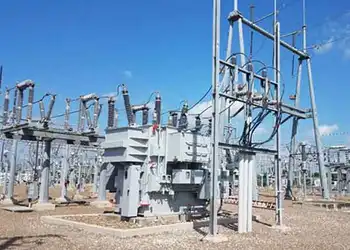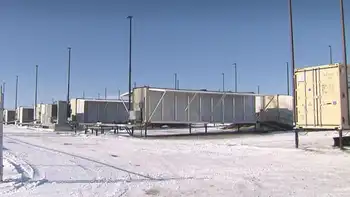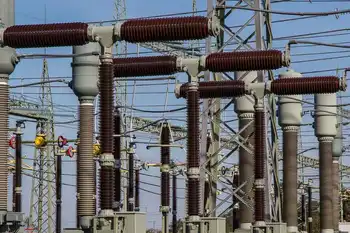IESO reports remain optimistic
By Canada News Wire
High Voltage Maintenance Training Online
Our customized live online or in‑person group training can be delivered to your staff at your location.

- Live Online
- 12 hours Instructor-led
- Group Training Available
Plans for the phase-out of coal-fired generation in the province are on track with new, cleaner forms of generation coming online. In its most recent Ontario Reliability Outlook, the IESO highlights Ontario's new natural gas and wind generation capacity as well as the need for a co-ordinated approach to maintain reliability as the province's aging nuclear generating units are replaced or refurbished.
"Ontario is making good progress towards a cleaner supply mix," said IESO President and CEO Paul Murphy. "New supply has been added and more is planned that will help provide the capacity and operating flexibility needed to support coal replacement."
The report identifies three priority areas for the province's electricity system: the changing nature of Ontario's supply mix; the operational requirements of a greener electricity system; and the continuing need for transmission enhancement.
By mid-2009, Ontario's proportion of natural gas-fired generation will have increased to 23 per cent of total capacity. Additional generation is required to address a number of regional reliability concerns before the phase-out of coal generation.
New limitations on greenhouse gas emissions from coal-fired generation will take effect in the new year, resulting in lower production from these facilities. The IESO is taking steps to manage the reliability impacts of these reduced levels of generation.
The province is also poised to incorporate increasing levels of wind generation within the provincial supply mix. Ontario now leads the country in wind generation capacity. The IESO forecasts that at least 2 terawatt-hours (TWh) of electricity - enough electricity to meet the needs of a city the size of Kitchener - will be produced by wind farms over the next year.
The next major challenge facing the industry is the need to start replacing or refurbishing the majority of Ontario's nuclear fleet within the next decade. Nuclear units account for roughly half of the province's power needs. How decisions about these aging units unfold will have a significant impact on power system operations. This will require coordinated outage management plans as units are taken out of service and new or refurbished ones are brought into service.
Significant work is underway to upgrade the province's aging transmission infrastructure and expand it to accommodate new sources of supply. Expanded transmission capability along the Bruce-Milton corridor, the Quebec/Ontario interface and from the north will support increased levels of output from nuclear, hydro and wind facilities to supply load centres in southern Ontario.
Substantial transmission enhancements will also be required to accommodate additional nuclear capacity from the Darlington complex.
"Changing one component of the system - whether it's generation or transmission - impacts the flows, limits and capabilities of all other parts of the system," said Murphy. "The IESO will be working with its partners in the sector to closely co-ordinate our activities and manage reliability throughout this process of renewal and change."
The IESO's quarterly 18-Month Outlook indicates that over the next 18 months, about 4,000 megawatts (MW) of new and refurbished generation is scheduled to come into service, with much of the new supply either under construction or well into the commissioning phase.











